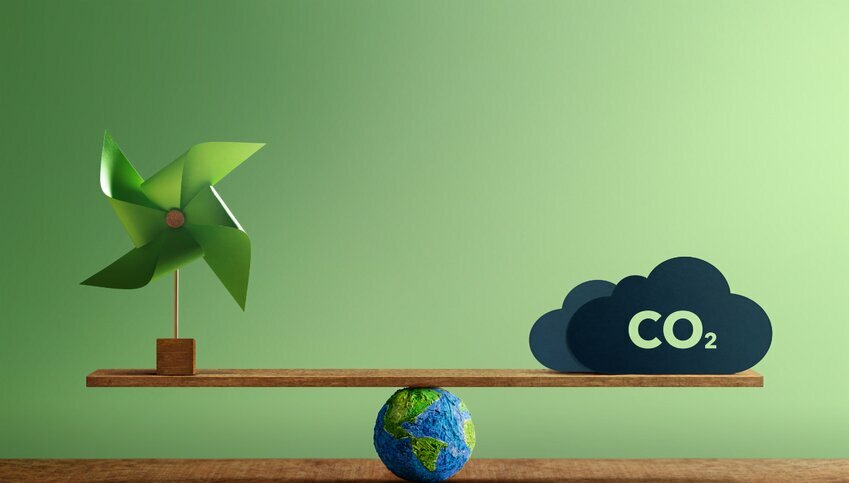 Credit: CanvaPro
Credit: CanvaProMicrosoft has made significant strides in its pursuit of carbon negativity, and the company’s newest partnership marks important milestones in Microsoft's mission to remove carbon dioxide emissions from the atmosphere and drive the development of scalable carbon removal technologies. In these new collaborative efforts, Microsoft is emphasizing large-scale carbon capture projects.
CarbonCapture, a Los Angeles-based startup, has caught Microsoft's attention with its ambitious project called Project Bison. Located in Wyoming, Project Bison features a direct air capture (DAC) plant that utilizes modular technology to draw carbon dioxide from the ambient air. This captured carbon is then stored underground, preventing its contribution to climate change. Microsoft has agreed to purchase carbon removal credits from CarbonCapture, supporting the growth of the DAC industry as a whole.
Aker Horizons subsidiary, Aker Carbon Capture has secured a significant carbon capture project from Ørsted, an international energy company, in Denmark. Aker Carbon Capture will deliver five Just Catch units, along with additional equipment and storage facilities, to Ørsted's power stations. This collaboration is part of Denmark's carbon capture and storage project, supported by a 20-year contract from the Danish Energy Agency.
Microsoft will also purchase 2.76 million metric tons of carbon removal from Ørsted's biogenic carbon capture and storage project further emphasizing its commitment to sustainable practices. Ørsted said it is one of the largest carbon removal agreements by volume to date.
Microsoft's ultimate goal is to become "carbon negative" by 2030, removing more carbon pollution from the atmosphere than it generates through fossil fuel use. However, carbon removal technology has yet to reach the scale required to achieve Microsoft's ambitious climate goals. Through the company’s newest collaborations, Microsoft aims to accelerate the development of carbon removal solutions while advancing its own carbon-negative aspirations.
CarbonCapture's DAC modules, resembling vented shipping containers stacked together, employ advanced filters to remove approximately 75% of carbon emissions from the air that passes through them. These modules are capable of capturing and storing around 10,000 metric tons of CO2 annually. Through a collaboration with Frontier Carbon Solutions, the captured CO2 will be permanently stored underground in saline aquifers.
These carbon removal projects exemplify the collaborative efforts of governments, technology providers, industry leaders, and carbon credit buyers in scaling up carbon capture, utilization, and storage deployment. Microsoft's commitment to purchasing millions of tonnes of carbon removal demonstrates its dedication to carbon negativity and its support for scalable carbon removal technologies.